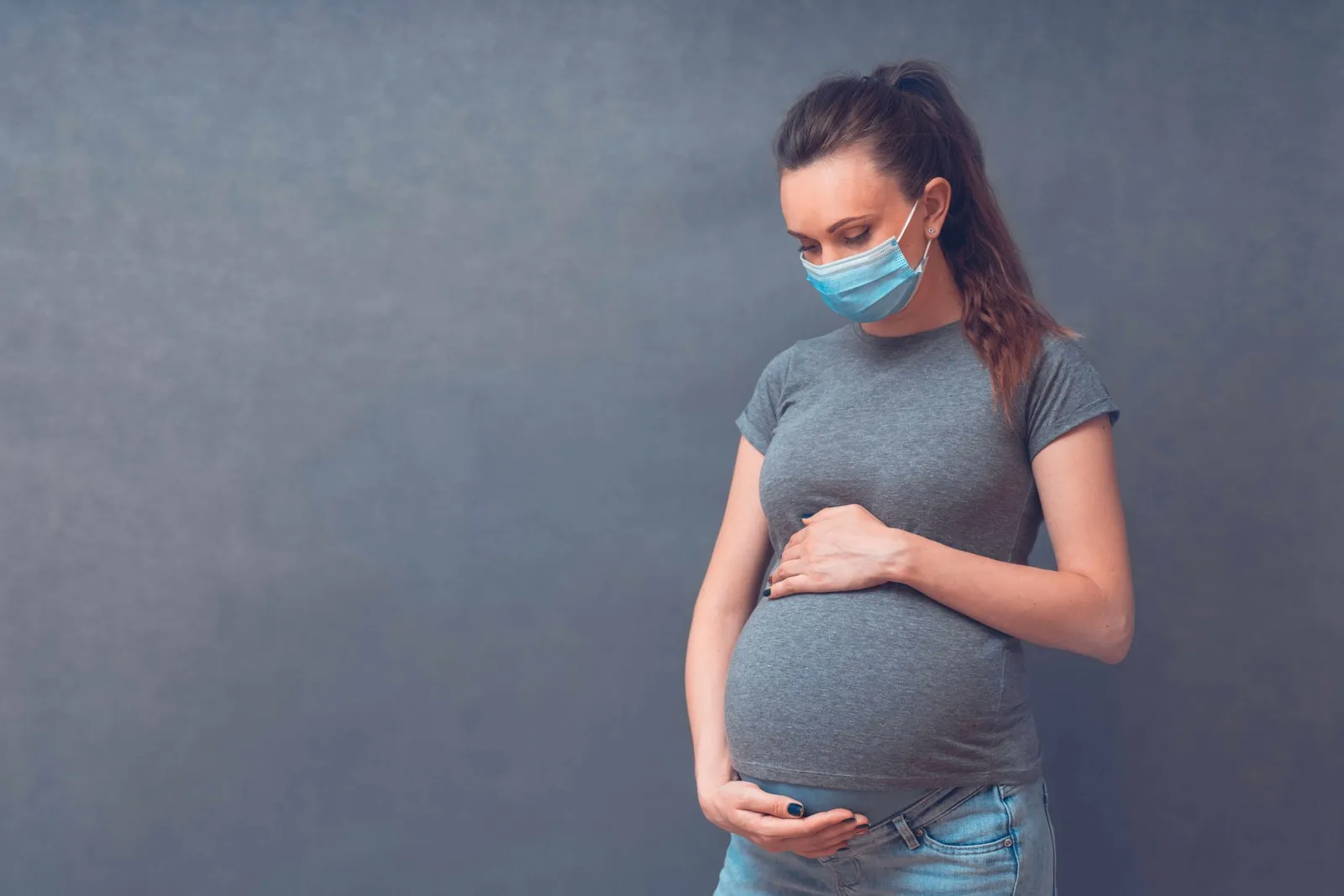Air pollution continues to pose significant threats to public health, especially for vulnerable groups, including pregnant women and their unborn children. While the long-term health effects of air pollution on adults have been widely studied, its impact on the fetus, particularly during the final stages of pregnancy, remains a lesser-discussed topic. Recent studies have highlighted the detrimental effects of exposure to pollutants like nitrogen dioxide (NO2), ozone, and particulate matter on fetal development, leading to a higher risk of complications, including Neonatal Intensive Care Unit (NICU) admissions.
Air Pollution and Fetal Health
Air pollution is a complex mixture of various harmful substances, including gases like nitrogen dioxide (NO2), ozone (O3), and particulate matter (PM), which are tiny particles suspended in the air. These pollutants come from various sources, such as vehicle emissions, industrial activities, power plants, and wildfires. Their impact on pregnant women has been a topic of increasing concern in recent years.
A groundbreaking study has examined the effects of air pollution on pregnant women, focusing specifically on the last month of pregnancy, a crucial period of fetal development. The findings indicate that exposure to high levels of air pollution, particularly nitrogen dioxide and ozone, can have significant negative consequences for both the mother and the developing fetus.
Key Findings of the Study
The study analyzed neonatal intensive care unit (NICU) admissions and satellite-based air pollution data to understand the relationship between exposure to specific pollutants and the health of newborns. The researchers focused on three primary pollutants:
- Nitrogen Dioxide (NO2): Nitrogen dioxide is a harmful gas released primarily from power plants, industrial emissions, and the burning of fossil fuels. It is a key component of air pollution that contributes to respiratory problems, heart disease, and other health issues.
- Particulate Matter (PM2.5): These fine inhalable particles have a diameter of 2.5 micrometers or smaller. Due to their small size, they can easily enter the bloodstream, reaching the lungs, heart, and other organs, causing severe health problems.
- Ozone (O3): Ozone is a secondary pollutant formed when oxygen reacts with other gases like volatile organic compounds in the presence of sunlight. It is harmful to respiratory health and has been associated with preterm birth and developmental delays in children.
The study found that the exposure of the fetus to nitrogen dioxide during the last month of pregnancy resulted in a 30-35% higher risk of NICU admission, a clear indication of the severity of the impact. Ozone exposure also increased the risk of NICU admissions by 11-22%. These findings suggest a concerning link between air pollution and adverse neonatal outcomes, particularly for infants born to mothers exposed to high levels of pollutants during the final stages of pregnancy.
The Mechanisms Behind Pollutants Affecting Fetal Health
The fetus is especially vulnerable to environmental stressors during pregnancy, and the final month is critical for growth and development. During this period, the fetus undergoes rapid brain development, lung maturation, and the final stages of organ development. Pollutants like nitrogen dioxide and ozone can interfere with these processes, leading to a range of complications.
- Impact on Lung Development: The lungs of the fetus are still developing in the final month of pregnancy, and exposure to pollutants can disrupt this process. Pollutants can lead to impaired lung function, making the baby more susceptible to respiratory problems after birth.
- Increased Risk of Preterm Birth: Exposure to high levels of pollution has been linked to an increased risk of preterm birth. Preterm babies are more likely to experience a range of health issues, including low birth weight, developmental delays, and long-term respiratory problems.
- Altered Fetal Growth: Pollution exposure during pregnancy can also affect fetal growth. Babies exposed to high levels of air pollution may have lower birth weights, which can increase the risk of health complications both immediately after birth and later in life.
- Birth Defects: In some cases, exposure to air pollution during pregnancy has been associated with birth defects, particularly those related to the brain, heart, and lungs. These defects can have lifelong consequences for the child, affecting their quality of life and overall health.
The Importance of Addressing Air Pollution
The findings of this study emphasize the critical need to address air pollution, particularly in urban areas where exposure levels tend to be higher. Pregnant women, especially those in their final month of pregnancy, should take proactive measures to minimize exposure to pollutants in order to protect their health and the health of their babies.
Dr. Yohane V.A. Phiri, Ph.D., the lead researcher of the study, emphasized the importance of addressing air pollution even at lower levels. He stated, “Our findings highlight the critical impact of air pollution during the final weeks of pregnancy, a time of heightened fetal vulnerability, and emphasize the significance of addressing air pollution exposure, even at lower levels.”
The study also underscores the need for public health initiatives aimed at reducing air pollution, as well as measures to educate the public on the risks associated with pollution during pregnancy. Pregnant women should avoid spending long periods of time in areas with high levels of pollution, especially during peak hours when traffic and industrial emissions are at their highest.
Recommendations for Pregnant Women
For pregnant women living in areas with high levels of air pollution, the following precautions can help minimize the risk to both mother and baby:
- Stay Indoors During High Pollution Days: Air quality often worsens on certain days, especially during smog-filled winters or after wildfires. Pregnant women should stay indoors on these days and keep windows and doors closed to avoid inhaling polluted air.
- Use Air Purifiers: Investing in a good-quality air purifier can help reduce indoor air pollution, making the home environment safer for both the mother and the baby.
- Avoid Physical Activities Outdoors: While exercise is important during pregnancy, it is best to avoid outdoor activities during times of high air pollution. Physical exertion can make the body inhale more pollutants, increasing exposure to harmful substances.
- Check Air Quality Levels: Many cities and regions provide real-time air quality information through websites or apps. Pregnant women should check these reports to avoid outdoor activities when the air quality is poor.
- Seek Medical Advice: Pregnant women should consult with their healthcare providers about air pollution risks and how to minimize exposure. Regular prenatal checkups and discussions about environmental factors are essential.
As air pollution continues to worsen globally, the impact on pregnant women and their unborn children must not be overlooked. The study findings serve as a stark reminder of the dangers of pollutants like nitrogen dioxide and ozone, which can harm fetal development and increase the risk of health complications after birth.
Addressing air pollution should be a priority for governments, policymakers, and public health officials to ensure that pregnant women and future generations can live in a healthier environment. In the meantime, pregnant women should take all necessary precautions to protect themselves and their babies from the harmful effects of polluted air.
It is crucial to recognize that the fight against air pollution requires collective efforts from individuals, communities, and authorities to create a cleaner, safer environment for all, especially those most vulnerable—unborn children.
(Note: This article is for informational purposes only and should not be used as a substitute for professional medical advice. Always consult a healthcare provider for concerns regarding pregnancy and environmental health risks.)






















